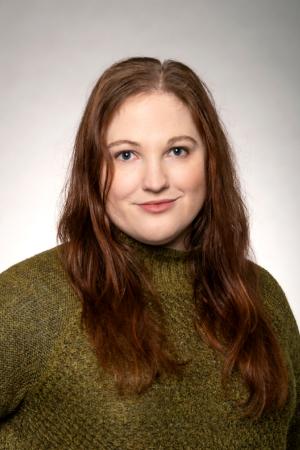Event box
The Digital Restoration Initiative: Reading the Invisible Library
Progress over the past decade in the digitization and analysis of text found in cultural objects (inscriptions, manuscripts, scrolls) has led to new methods for reading the “invisible library”. This talk explains the development of non-invasive methods, showing results from restoration projects on Homeric manuscripts, Herculaneum material, and Dead Sea scrolls. Premised on “virtual unwrapping” as an engine for discovery, the presentation culminates in a new approach - Reference-Amplified Computed Tomography (RACT) – where machine learning becomes a crucial part of the imaging pipeline. You will leave this talk considering that RACT may indeed be the pathway for rescuing still-readable text from some of the most stubbornly damaged materials, like the enigmatic Herculaneum scrolls.
About the Speaker
W. Brent Seales is Professor and Chairman of the Department of Computer Science and Director of the Center for Visualization and Virtual Environments at the University of Kentucky. Seales’ research centers on computer vision and visualization applied to challenges in the restoration of antiquities, surgical technology, and data visualization. In the 2012-13 he was a Google Visiting Scientist in Paris, where he continued work on the “virtual unwrapping” of the Herculaneum scrolls. In 2015, Seales and his research team identified the oldest known Hebrew copy of the book of Leviticus (other than the Dead Sea Scrolls), carbon dated to the third century C.E. The reading of the text from within the damaged scroll has been hailed as one of the most significant discoveries in biblical archaeology of the past decade.
- Date:
- Wednesday, September 26, 2018
- Time:
- 4:00pm - 5:00pm
- Time Zone:
- Eastern Time - US & Canada (change)
- Location:
- Danforth Room
- Campus:
- Cohon University Center

